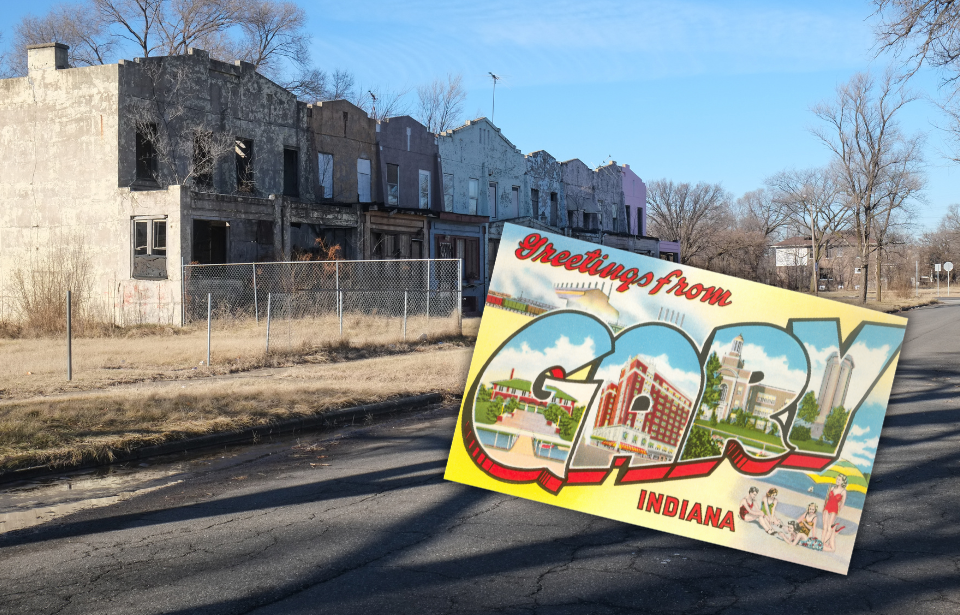The city of Gary, Indiana has experienced the excitement of a flourishing economy and the hopelessness of a community in decline. After years of prosperity, the city has suffered from a range of social and economic problems, including high rates of poverty, crime, and unemployment. As a result, Gary has experienced a significant population decline, with many of its neighborhoods falling into disrepair. Despite these difficult challenges, efforts are underway to reinvigorate the city and restore its former glory.
Gary, Indiana was built on the back of the steel industry
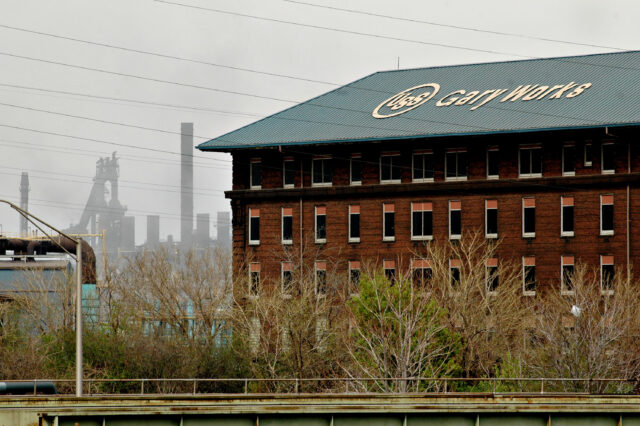
Gary, Indiana was founded in 1906. It was named after Elbert H. Gary, founding member and company chairman of the steel production company, U.S. Steel. Located about 30 miles from downtown Chicago, Gary became a manufacturing hotspot, especially after the development of the new Gary Works steel plant just two years later.
As steel production flourished in the early 20th century, the steel mills in Gary were attractive employers for people looking for work. This included African American migrants from the South and immigrants from other countries. With the influx of people, the community that built up around the steel mills began to thrive.
The Great Steel Strike of 1919
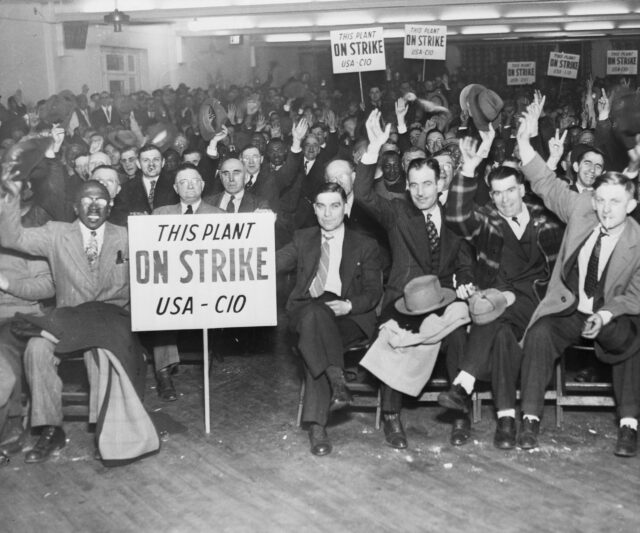
In 1919, the Great Steel Strike took place. Steelworkers across the country demanded better working conditions and higher wages. More than 350,000 laborers nationwide refused to work, opting to protest instead. This included steelworkers employed at Gary Works. However, a number of influences caused the strike to fall out of favor of workers, including weak unions and rising racial tensions, and the effort was ultimately considered a failure.
In the 1920s, Gary Works had become the biggest steel plant operating in America, firing 12 blast furnaces. With the advent of the Second World War, the demand for steel increased. More people were employed, including women who took over for the men who were sent off to the front lines.
Gary had a successful reputation
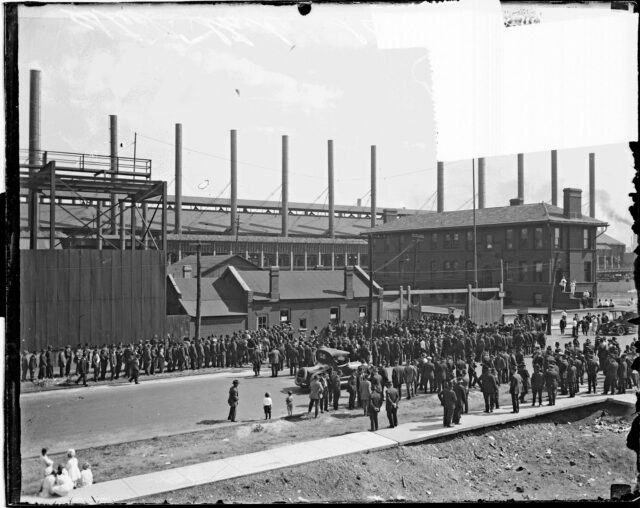
As Gary, Indiana’s economy flourished, people came from all over the country and beyond to share in the wealth of the place that had come to be known as the “Magic City” and the “City of the Century.” Bustling Gary invested heavily in its infrastructure and tourism, staying on top of the latest innovations and technologies in architecture and entertainment.
The city expanded rapidly, with businesses in the industrial sector helping to fund various improvements to the community. Amenities like new schools and churches began popping up around Gary, and the city even boasted a progressive school system that was introduced during the 1920s. Curriculums included skill-based lessons in addition to academics.
The backbone of Gary’s economy rested on the steel mills. The industry provided the most jobs for citizens in Gary, and it remains the largest employer in the city even today. Newcomers could arrive in Gary one day, and as quickly as two days later have secured a job at the steel mill. The prosperity of the city relied heavily on the prosperity of the country’s steel industry, and for a while American steel made up a whopping 40 percent of the world’s steel exports. When business thrived, the city thrived.
The decline of the steel industry in America led to the city’s demise
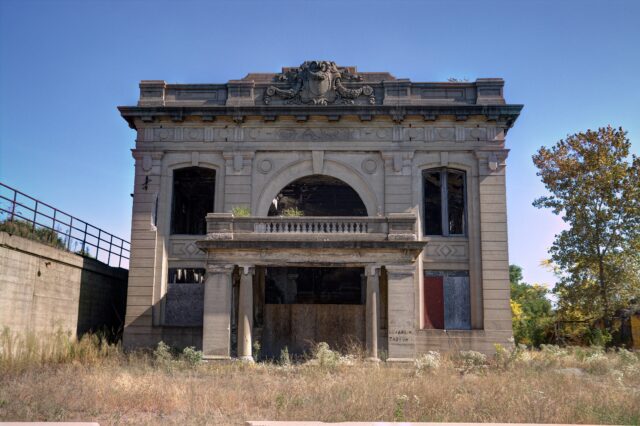
However, when the steel business began to decline, so did the city. The American steel industry saw its peak following the Second World War, with Gary Works employing a remarkable 32,000 people. But by the 1970s, the global market for steel had shifted. Foreign manufacturers began to take over the steel industry, and Gary’s steel companies felt the pressure. Additionally, improvements in the automation of steel production reduced the need for physical workers.
With these factors in place, it was no surprise that in 1971, Gary Works issued its first round of layoffs. However, the layoff included a surprisingly high number, with tens of thousands of people losing their jobs. “We had expected some layoffs but now it seems like this thing is going to be a lot rougher than we had expected,” said a union District 31 director at the time. “Frankly we hadn’t foreseen [anything] like this.”
Layoffs continued to be issued over the decades, with the number of people employed at Gary Works dropping from 32,000 down to just 7,000 in 2005. Naturally, those who were let go were forced to look elsewhere for work, causing a dramatic reduction in the population living in Gary.
Unfortunately, the drop in employment coincided with a rise in crime, and what was once referred to as the “Magic City” came to be known as the murder capital of America in 1994. Gary was becoming a dangerous place, and the city’s once-impressive infrastructure was left neglected or abandoned.
Racial tensions were a big component of Gary’s decline
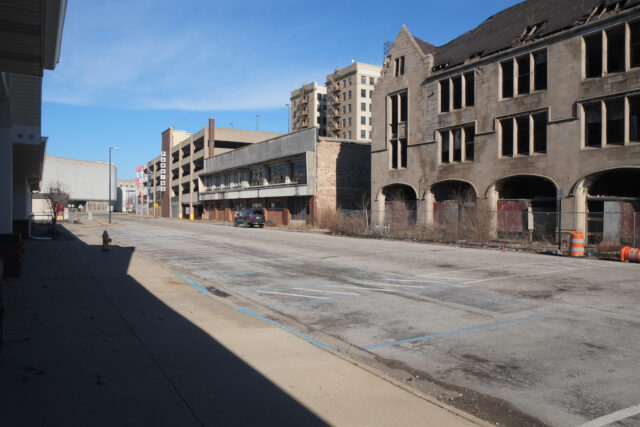
Another reason for the downfall of Gary, Indiana was blatant racism in the city, which caused what has been coined “White flight.” Early in the city’s foundation, and with the increase in immigrants seeking work, racial segregation became an issue. Specifically, Black steelworkers were targets of discrimination. Today, the majority of the city’s remaining population is African American.
“When the jobs left, the [W]hites could move, and they did,” explained Gary resident Walter Bell while adding that Blacks didn’t have that choice. “They wouldn’t let us into their new neighborhoods with the good jobs, or if they let us, we sure as hell couldn’t afford it. Then to make it worse, when we looked at the nice houses they left behind, we couldn’t buy them because the banks wouldn’t lend us money.”
Maria Garcia, who arrived in Gary in 1960, began noticing White residents leaving the city as they watched Black people arrive. This included many of her European immigrant neighbors, who moved from places like Poland and Germany. “Racism killed Gary,” she said.
Efforts are in place to revitalize the city
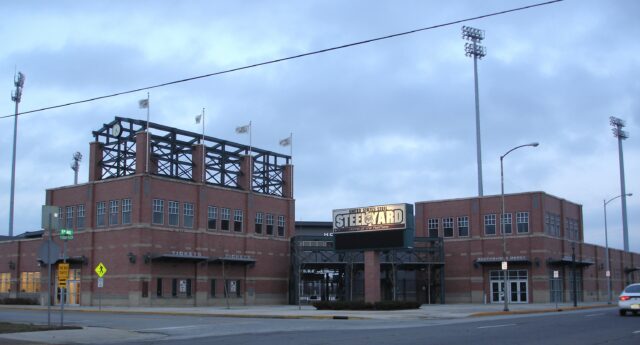
In 2021, Gary, Indiana had recorded less than 70,000 residents, with 27 percent of those living in poverty. Gary Works has remained in business but is in decline as layoffs continue to be issued. However, despite all of the hardships that the people of Gary, Indiana have struggled through in recent years, there have been a handful of efforts to revitalize the dying city.
More from us: Cabrini-Green: How Racism Turned a Promising Neighborhood into a Nightmare
For one thing, the city has begun demolishing old and abandoned buildings to deter crime and make way for the possibility of new infrastructure. A minor league baseball stadium was erected in Gary in 2003, and in 2017 the city offered itself as a contender for Amazon’s new headquarters.
Please share your thoughts in the comments section below.
